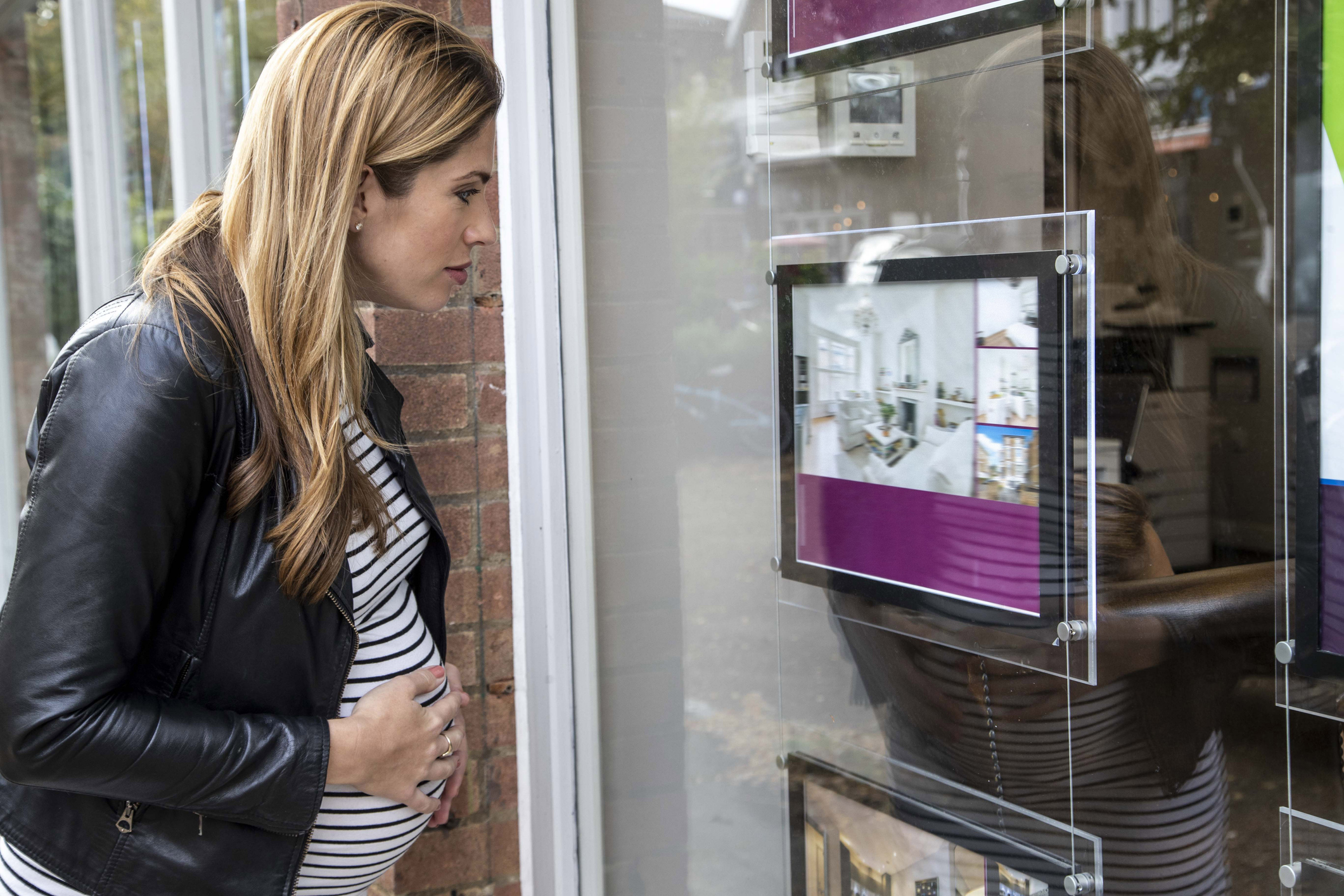2 June 1953: Queen Elizabeth II is crowned before an audience of millions
British TV changed for ever on this day in 1953 with the live broadcast of the coronation of Queen Elizabeth II.

Global television events' are ten a penny these days, what with royal weddings, the Eurovision Song Contest and pretty much every sporting fixture under the sun being watched live by audiences of billions.
But that wasn't the case in the 1950s. Then, televisions were very much luxury items, and what they showed was, to be frank, pretty dull stuff. Britain had just one channel, and that only broadcast for part of the day.
That changed with the coronation of Queen Elizabeth II on this day in 1953. Along with 8,000 of the country's top toffs crammed into Westminster Abbey and three million lesser mortals lining the rainy streets of London, over 20 million people watched the whole show on their or, more likely, someone else's TV.
Subscribe to MoneyWeek
Subscribe to MoneyWeek today and get your first six magazine issues absolutely FREE

Sign up to Money Morning
Don't miss the latest investment and personal finances news, market analysis, plus money-saving tips with our free twice-daily newsletter
Don't miss the latest investment and personal finances news, market analysis, plus money-saving tips with our free twice-daily newsletter
But it nearly didn't happen at all. A committee headed by Prince Philip ruled that no cameras should be allowed in the Abbey itself. The Queen wasn't big on being filmed her wedding hadn't been filmed in 1947; her Christmas broadcasts remained confined to radio; and at the Trooping the Colour, she insisted on only being filmed from a distance.
But she was eventually persuaded to change her mind, as long as there were no close-ups.
The whole thing took a year to organise. A crew of 120 worked on the day itself, with five cameras installed in the abbey and 15 along the route of the procession. The nation's infrastructure was upgraded so more people could receive the signal the country only had five permanent transmitters in 1953, so temporary transmitters had to be installed in lorries.
The event led to a TV boom. The number of TV licences rose from 700,000 in 1952 to 1,100,000 in 1953, and its success led to the introduction of Independent Television in 1955.
Get the latest financial news, insights and expert analysis from our award-winning MoneyWeek team, to help you understand what really matters when it comes to your finances.
Ben studied modern languages at London University's Queen Mary College. After dabbling unhappily in local government finance for a while, he went to work for The Scotsman newspaper in Edinburgh. The launch of the paper's website, scotsman.com, in the early years of the dotcom craze, saw Ben move online to manage the Business and Motors channels before becoming deputy editor with responsibility for all aspects of online production for The Scotsman, Scotland on Sunday and the Edinburgh Evening News websites, along with the papers' Edinburgh Festivals website.
Ben joined MoneyWeek as website editor in 2008, just as the Great Financial Crisis was brewing. He has written extensively for the website and magazine, with a particular emphasis on alternative finance and fintech, including blockchain and bitcoin.
As an early adopter of bitcoin, Ben bought when the price was under $200, but went on to spend it all on foolish fripperies.
-
 Government launches full review of parental leave and pay – what could it mean for you?
Government launches full review of parental leave and pay – what could it mean for you?The government wants parental leave to be fairer - will its shake-up fix the widespread problem for families?
-
 Nationwide: House prices see biggest monthly fall in over two years
Nationwide: House prices see biggest monthly fall in over two yearsUK house prices dropped by 0.8% in June, according to Nationwide. We reveal the top-performing and worst-performing regions

